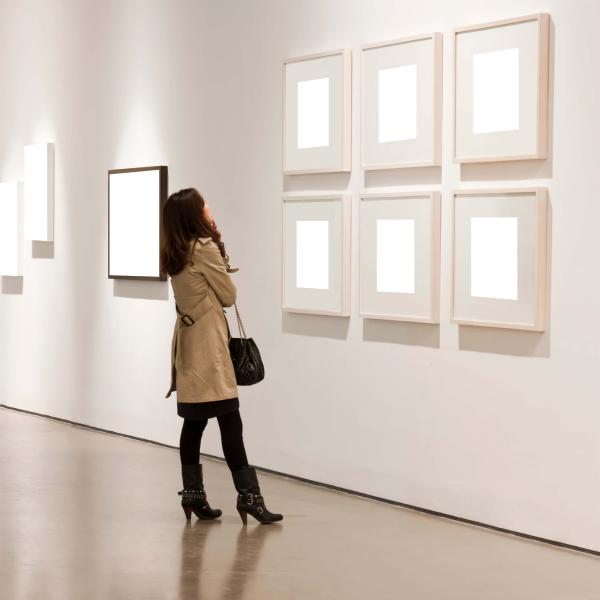About the event
Ruth Knowles from the Fine Art Group provided a different view of art - as an alternative asset class.
Art has been made and enjoyed since the dawn of time, but it is only really since the Robert Scull sale in 1973 (when the collector of abstract expressionist and pop art sold 50 paintings for the then unheard-of price of US$2.2 million) that it has been thought of additionally as a money-making tool. Since then, with another important landmark in 1987 when Van Gogh’s sunflowers made US$40million at auction, the art market has expanded to around US$45 billion in 2016 – and probably closer to US$65 billion in 2017.
Ruth Knowles, Senior Director, Investor Relations and Marketing at the Fine Art Group, which advises investors in art and manages its own art funds, told the Oxford Saïd audience that wealth is one of the biggest drivers of the market. More interestingly, she said, most of that wealth is coming from Asia, the Middle East, and Russia. ‘You see that with the museums that are being built in Qatar and UAE. There is the Louvre, the Guggenheim museum … really recognisable western names are going to these different areas and they are creating massive collections … Over the last five to eight years some of the biggest acquisitions at auction have been underpinned by bidders from those regions.’
Although London and New York are still hugely important centres for buying art, the expansion in the number of art fairs means that ‘there is basically an art fair somewhere in the world every week of the year … when you think of the volumes of transactions at those kind of events you get an idea of just how big this market is and just how powerful it is as well,’ said Knowles.
So why do people invest in art? Firstly, Knowles pointed out, it is a tangible asset: ‘You can put it on your wall; you can tuck it away – you have something there for the future’. It is quite a good hedge against inflation. It is very portable -- you can buy it in London and you can ship it to New York and you can move it in different currencies. And, certainly at the top end of the market, it seems not to be hugely affected by what is happening in the financial markets. Knowles pointed out that the day on which Lehman Brothers collapsed was also the day of a Damien Hirst sale at Sotheby’s. ‘There were a lot of reasons behind what happened, but the fact was that the financial world was in absolute turmoil, one of the oldest investment banks had suddenly -- seemingly without warning -- gone under, yet people turned up and were spending two hundred million pounds buying Damien Hirst art works.’
Having said that, the art market is also highly inefficient, and there are a lot of additional costs associated with owning art. Once you have bought a work of art, you have to ship it and store it; you have to insure it; and you might need to restore it. You have to think about where you can hang it so that it is not affected by sunlight or in danger of water damage or heat damage. It’s not a simple asset to own.

